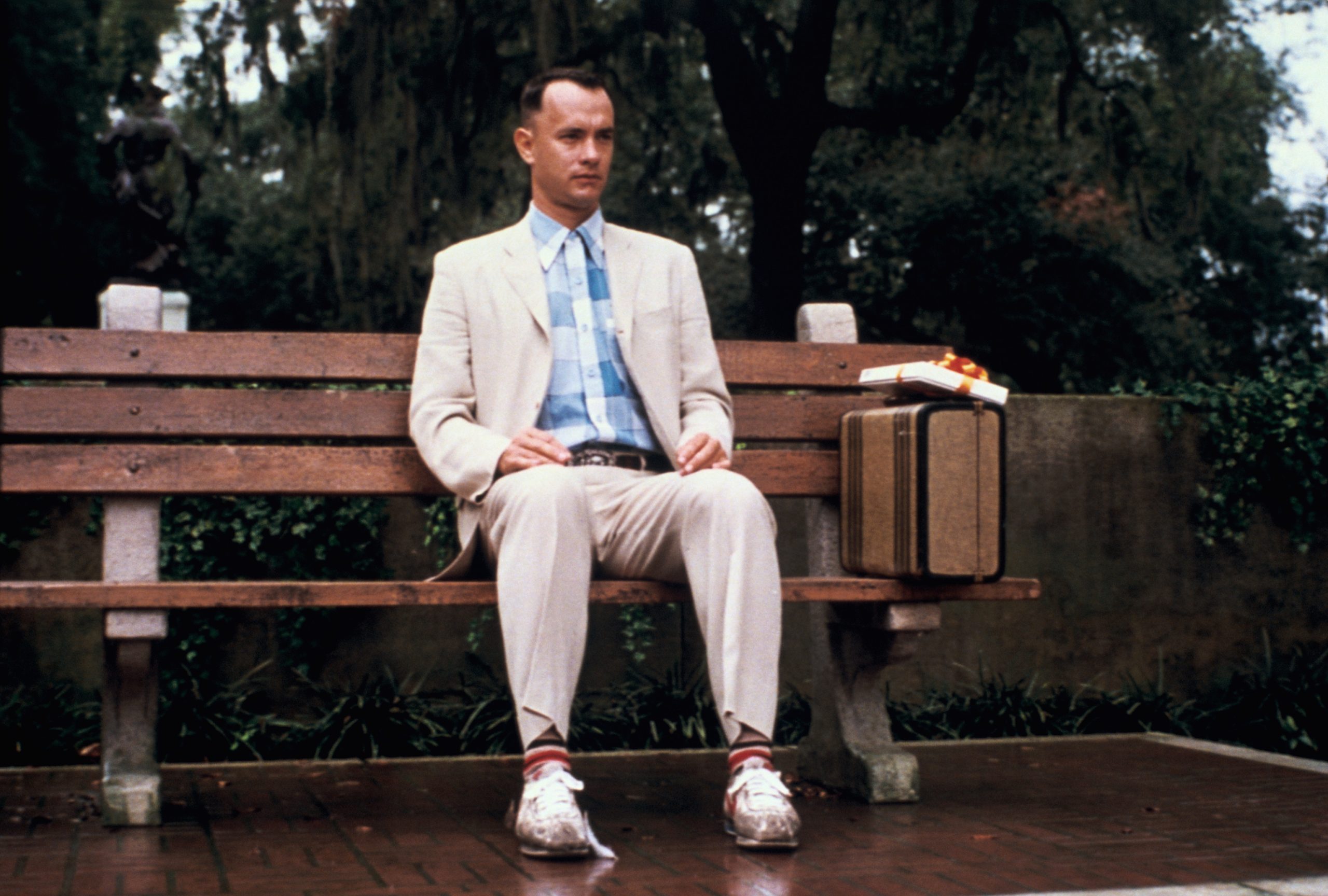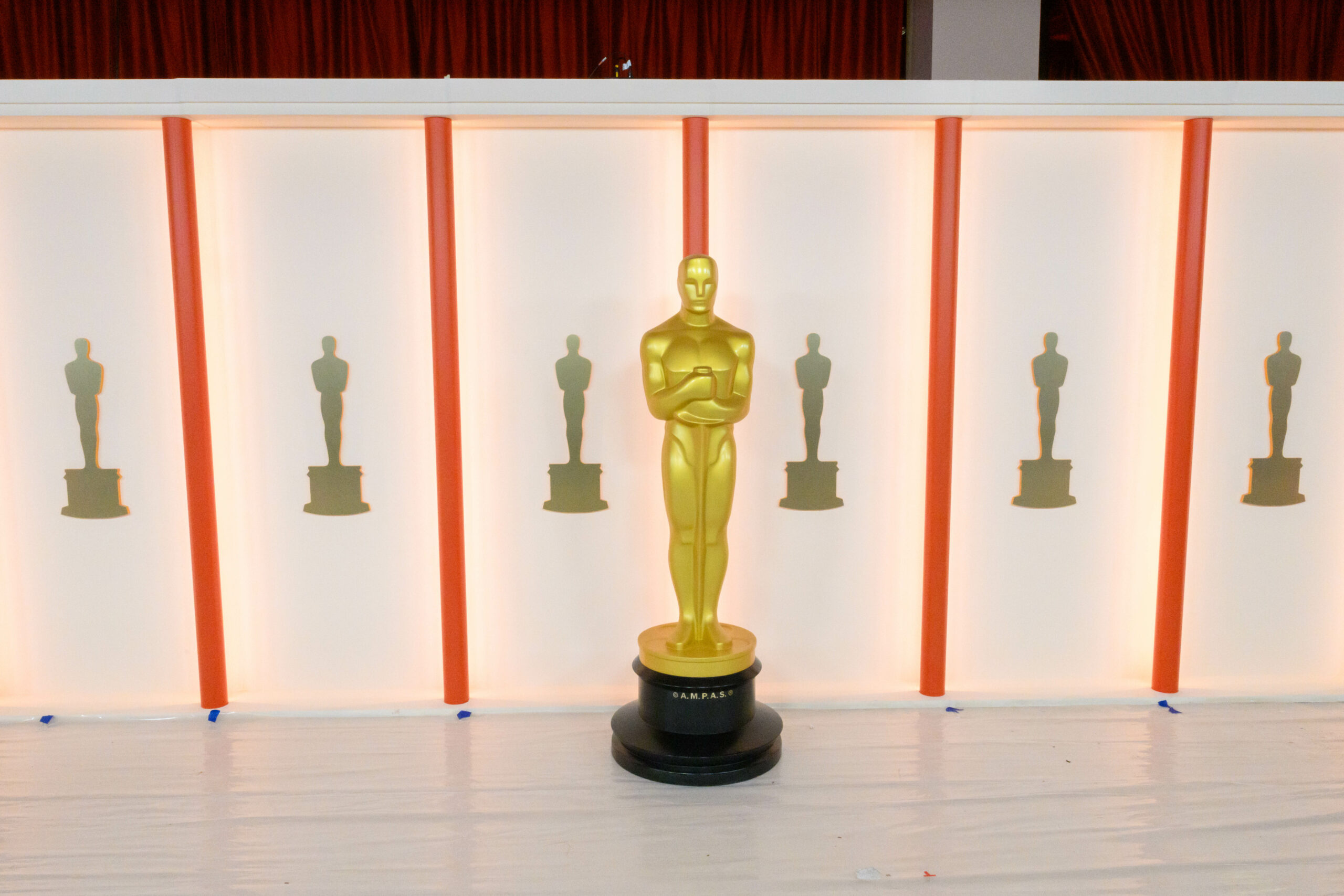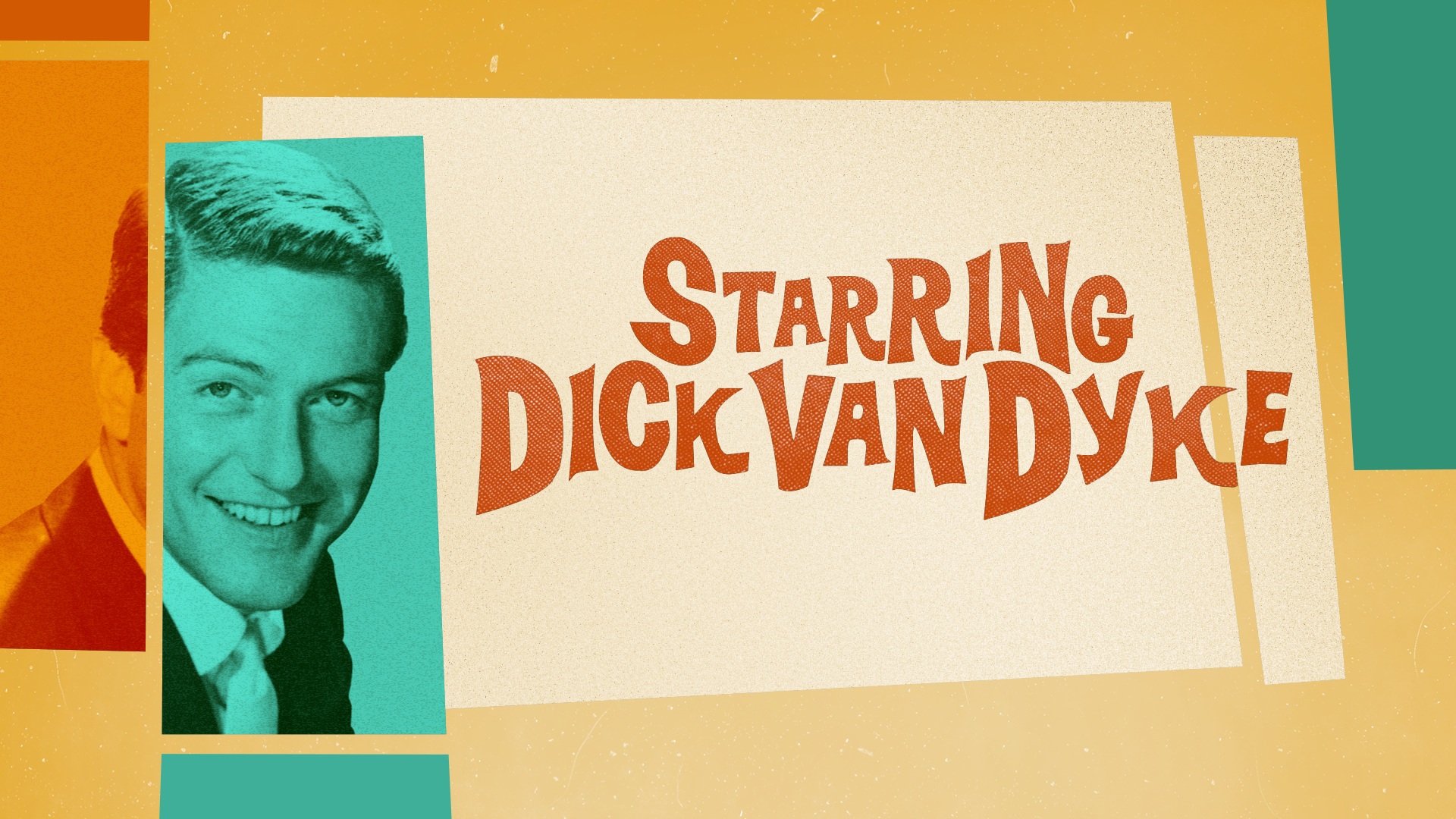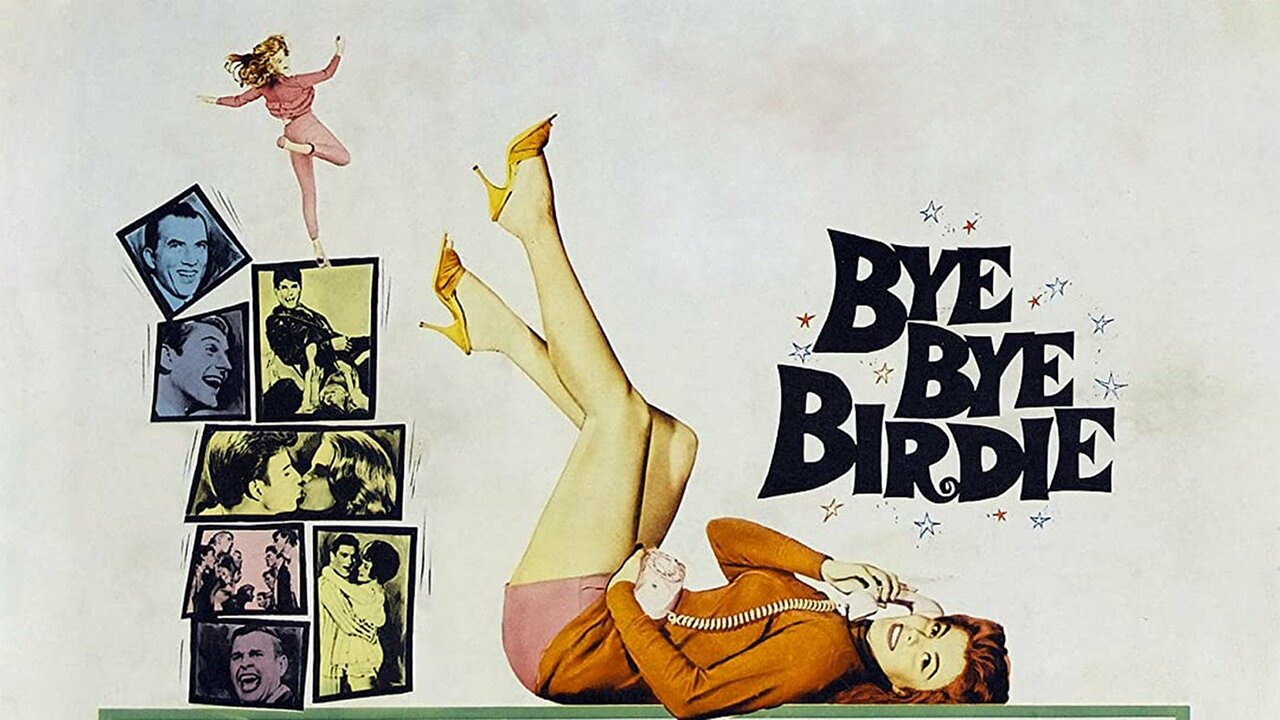
The Oscar-winning Forrest Gump, directed by Robert Zemeckis and starring Tom Hanks, marks its 26th anniversary since opening in theaters.
Forrest Gump‘s 26th anniversary comes at a time when we are having a national conversation about race. Along with this conversation comes a simultaneous discussion about monuments and such that honor the Confederacy. Personally, I’m not of the belief that we should outright cancel this film. At the same time, I think we do need to discuss the implications behind the title character and his family. For one, the opening narration tells us that Forrest is named after a former Confederate general. Forrest does not display the racist behavior of his namesake.
This is a film that places Forrest Gump (Tom Hanks) in some pivotal scenes of American history. Of course, it’s more than just that. Here’s a man who grew up in the South and wears leg braces due to a spinal problem. He meets friend-for-life Jenny Curran (Robin Wright as an adult) as a result of nobody else wanting to sit with him on the bus. She’s the one who coins “Run Forrest, Run!”
After running so fast to escape bullies, Forrest finds himself on a football field and earning a scholarship to Alabama. Following his football career, which included a meeting with President Kennedy, Forrest went on to serve in Vietnam alongside Bubba Blue (Mykelti Williamson) and Lt. Dan Taylor (Gary Sinise). The Vietnam scenes prove pivotal to the film and we later see how a country disrespects the Vietnam veterans upon returning home. One can fully understand how Lt. Dan feels following the loss of both legs. It’s the 1970s and his country only turns his back on him. Both Forrest and Lt. Dan end up joining forces in the Bubba Gump Shrimp Company.
Where Forrest isn’t really active in the hippie scene of the era, Jenny comes to embrace the counter-culture. As a character, she comes to represent the era in a way Forrest never can or will. Sadly, this possibly proves to be unfortunate by the film’s ending.
It’s kind of funny to imagine a world where Forrest making a phone call leads to exposing the Watergate scandal. For all of the faults that come with naming the character, the film’s highlights include using CGI to place him in pivotal moments in American history. It’s because of this that the visual effects are also nothing short of astounding for 1994. Forrest gets placed within so many key moments thanks to the era’s technology. In watching the film’s bonus content, you get some added insight into how they made it happen. There’s a scene early on that uses original footage directly from D.W. Griffith’s racist film, Birth of a Nation. Outside of placing Tom Hanks on a horse, they certainly didn’t mess around with the footage. If you pay attention closely, you’ll notice tire tracks on the ground. You cannot unsee this once you see it!
On the shot selection front, the filmmakers really know how to take in the scenery. The sites are nothing if not beautiful when Forrest is running across America. It’s one of the film’s lighter moments during the tour across the decades.
While Tom Hanks would go onto win an Oscar for the role, it’s hard to imagine anyone else portraying Gump. And yet, John Travolta was the first one the producers had in mind. Sean Penn, Bill Murray, and Chevy Chase were also under consideration. Can anyone envision an actor other than Hanks?
Before watching the film again for the first time in years, I made the decision to watch some of the newer bonus content. One such feature included An Evening With Forrest Gump. The panel, which took place in 2009, includes Robert Zemeckis, Eric Roth, Tom Hanks, and Gary Sinise. According to their comments, it was a battle alone in getting the project off the ground. The studio didn’t think the film would be viable and it certainly could not be made today because of the budget, By today, I mean ten years ago–of course. It only got made because Robert Zemeckis and Tom Hanks wanted to make it.
Forrest Gump may have its own problems some 26 years later but the film features one heck of a soundtrack. It’s a cinematic requirement for Vietnam scenes to include CCR’s “Fortunate Son.” This film is no exception.
DIRECTOR: Robert Zemeckis
SCREENWRITER: Eric Roth
CAST: Tom Hanks, Robin Wright, Gary Sinise, Mykelti Williamson, and Sally Field





